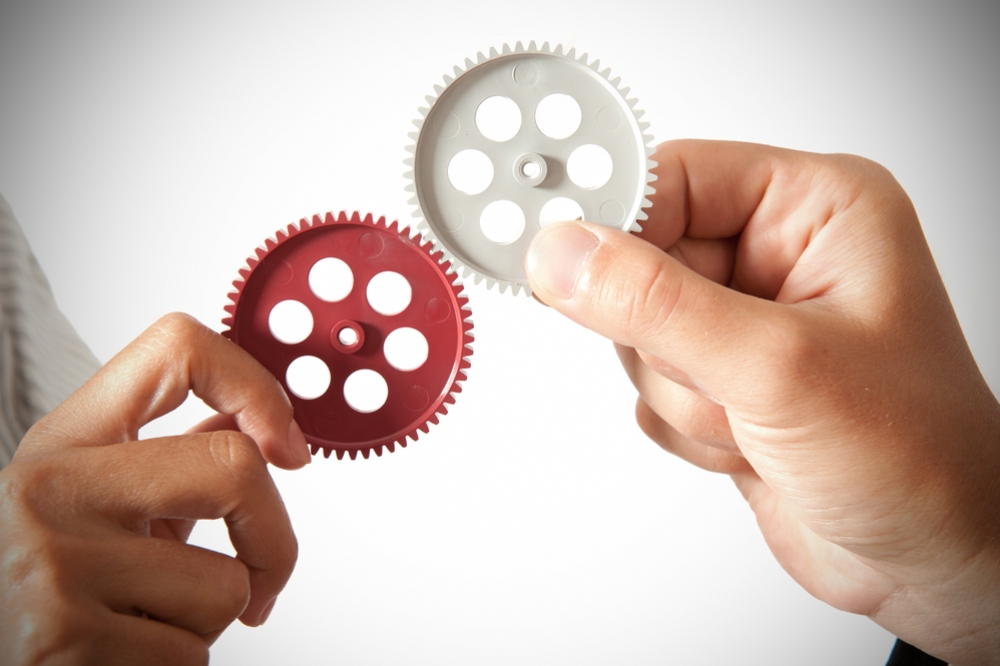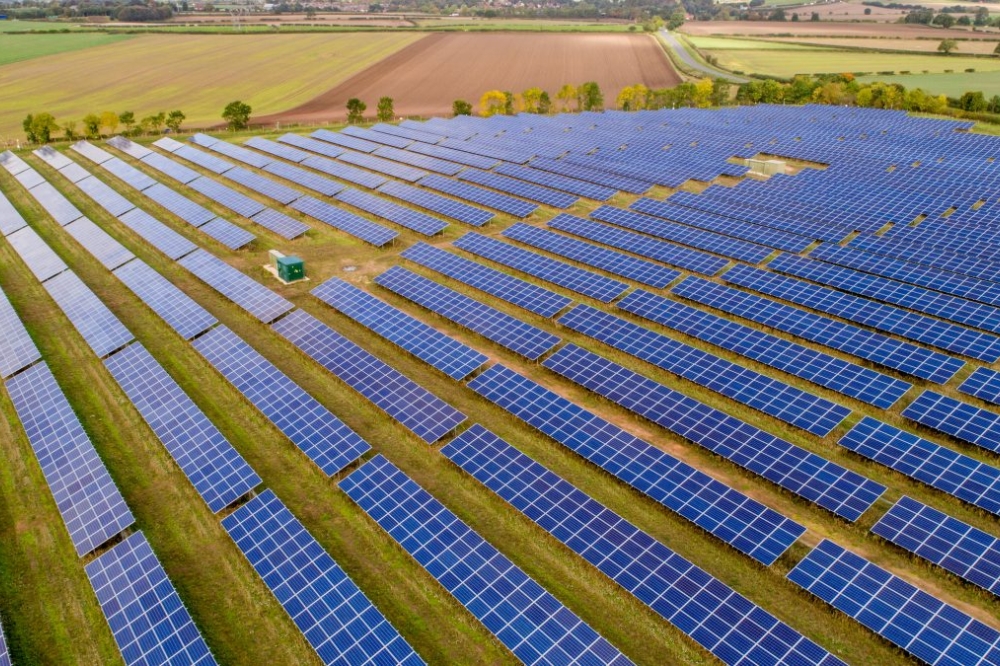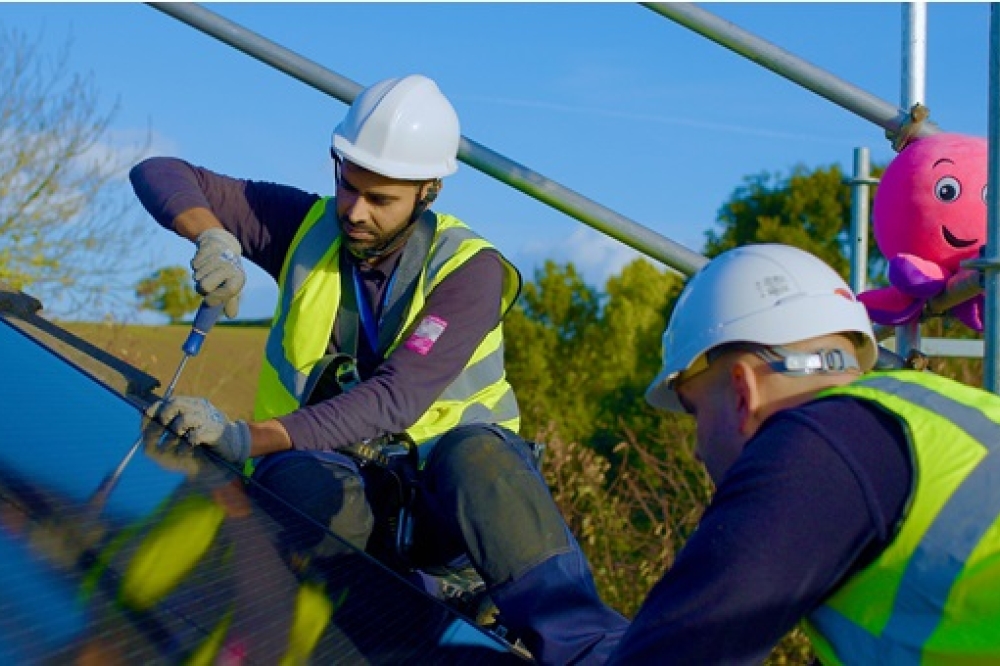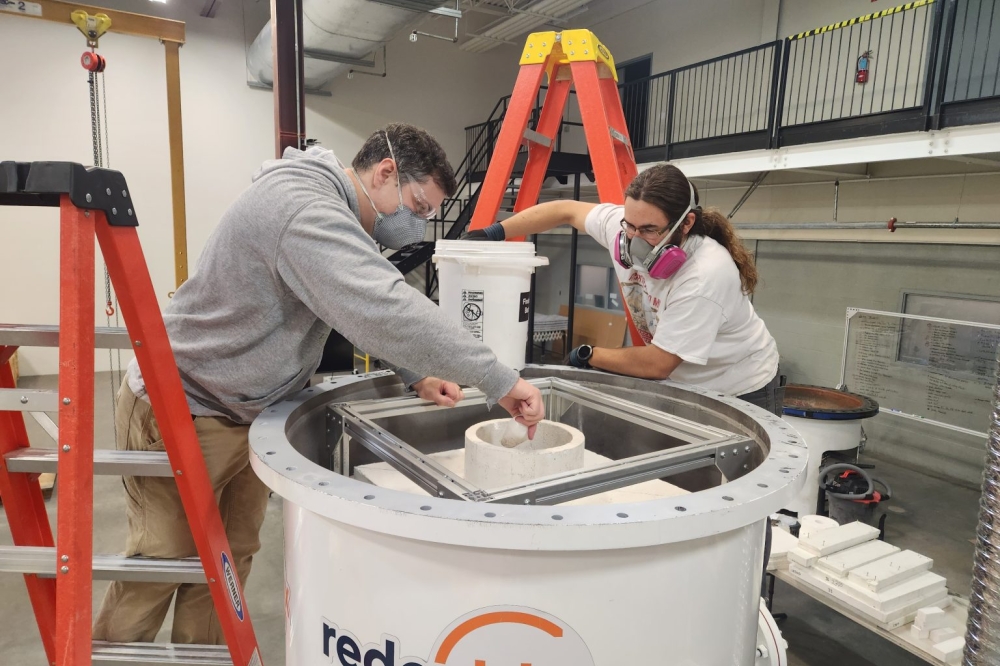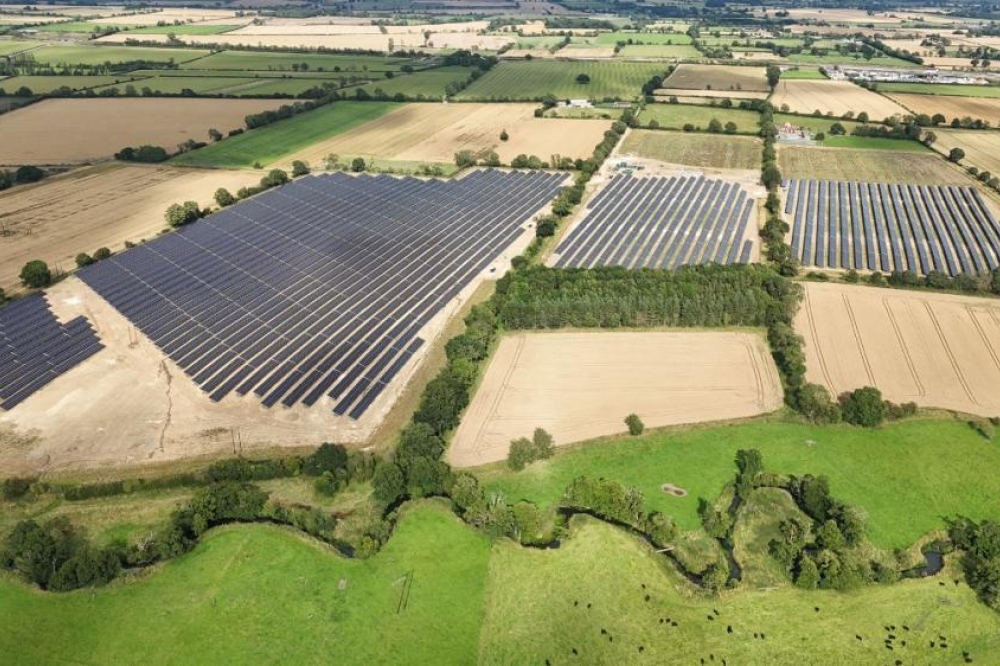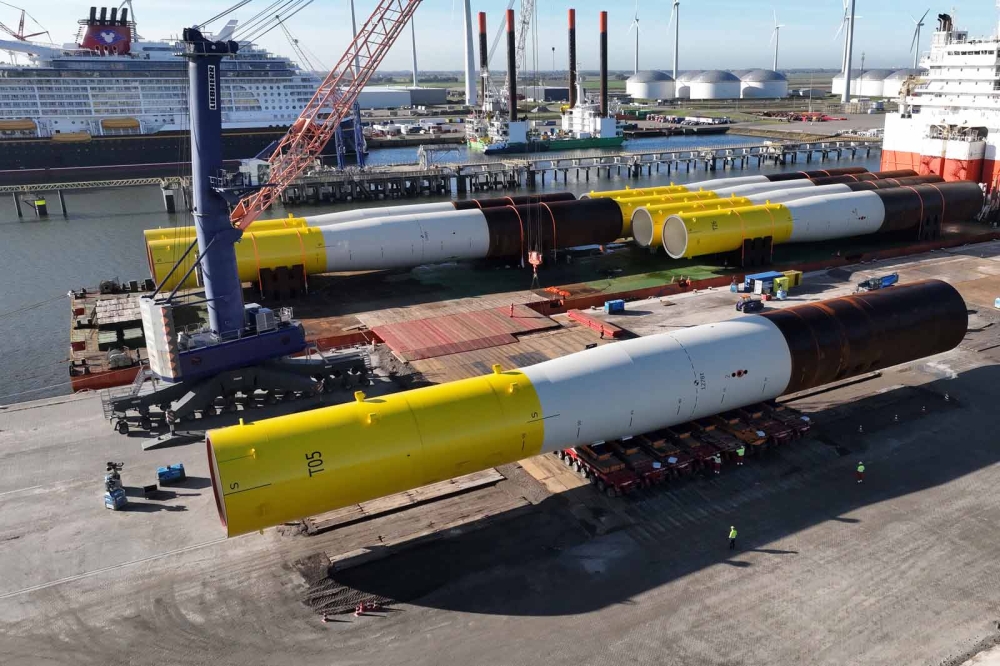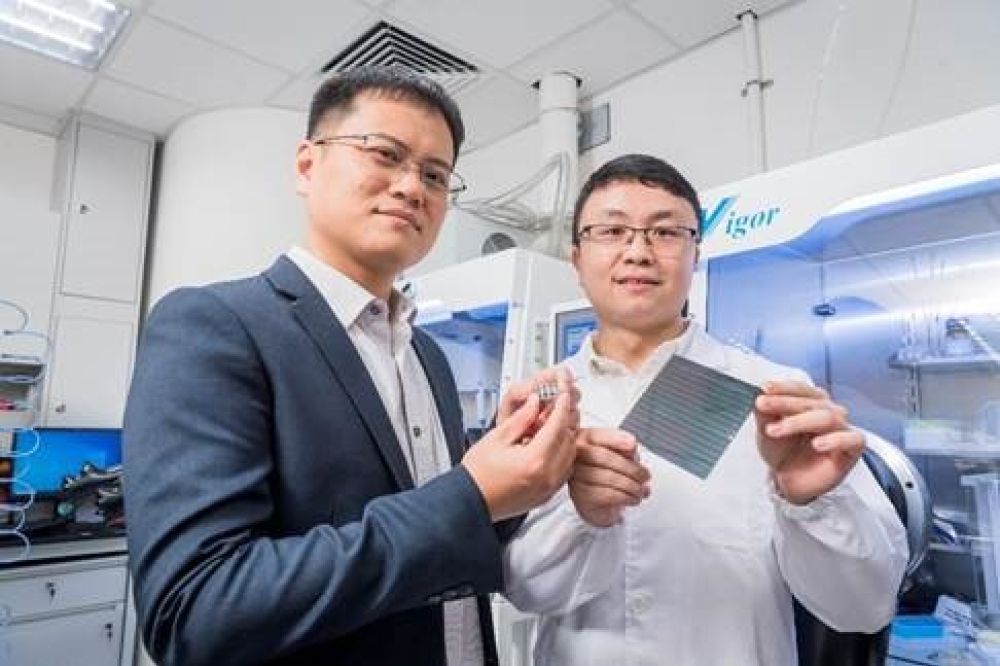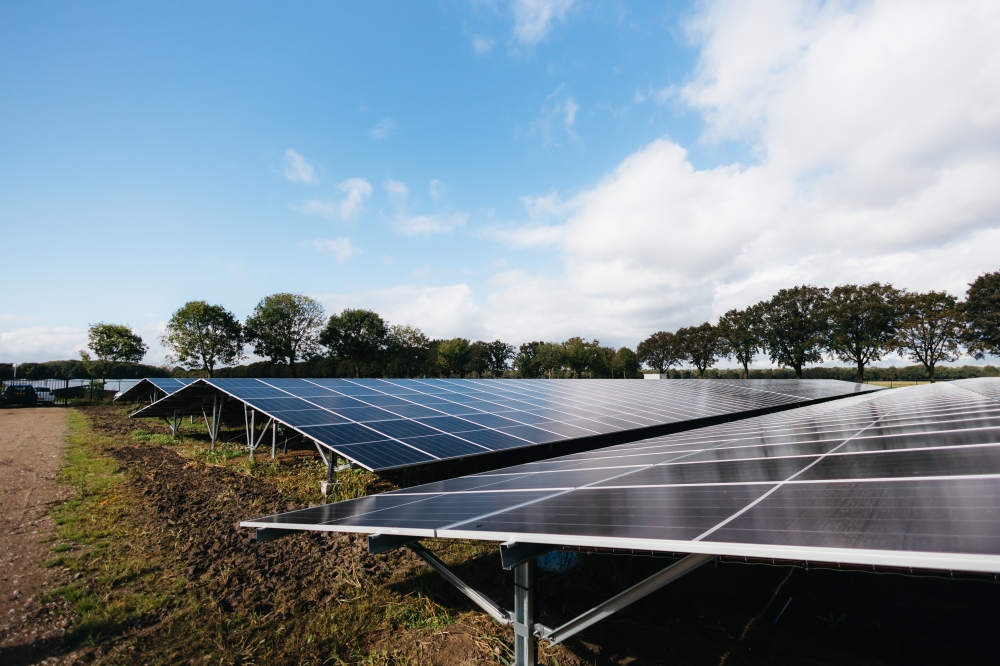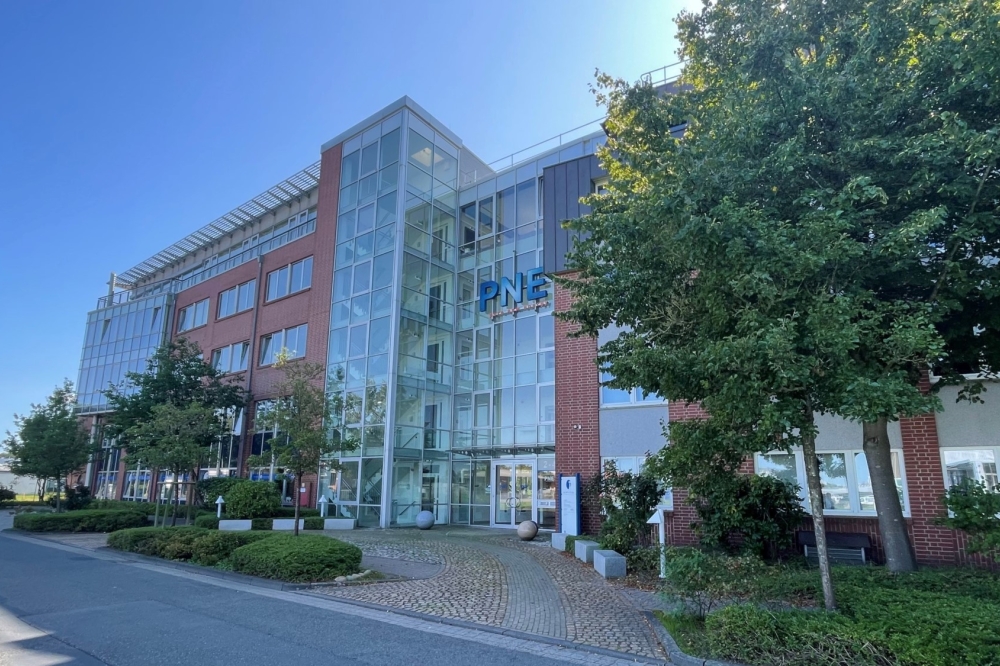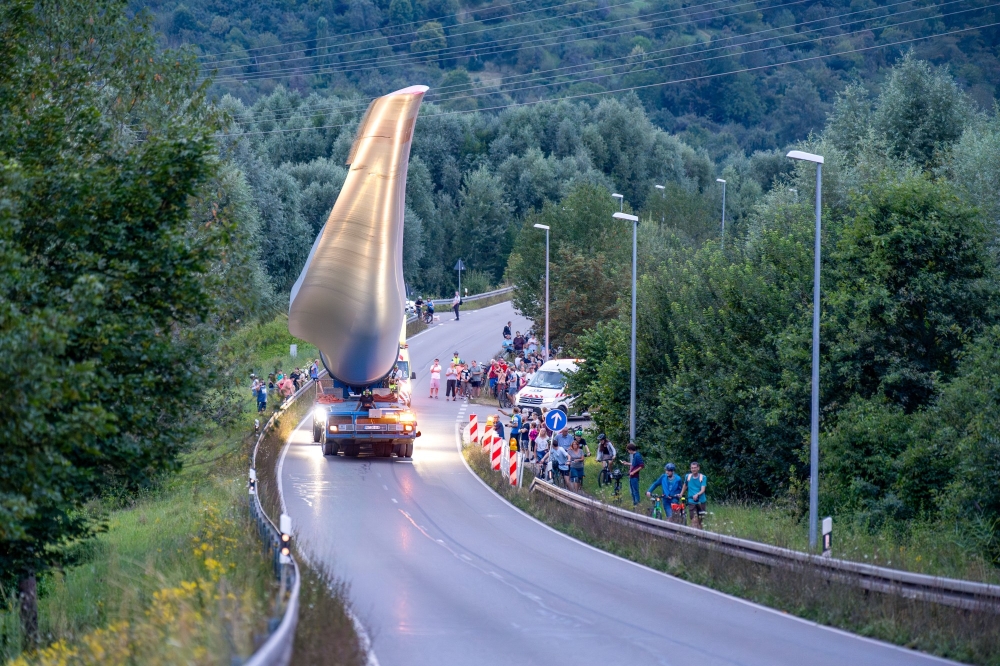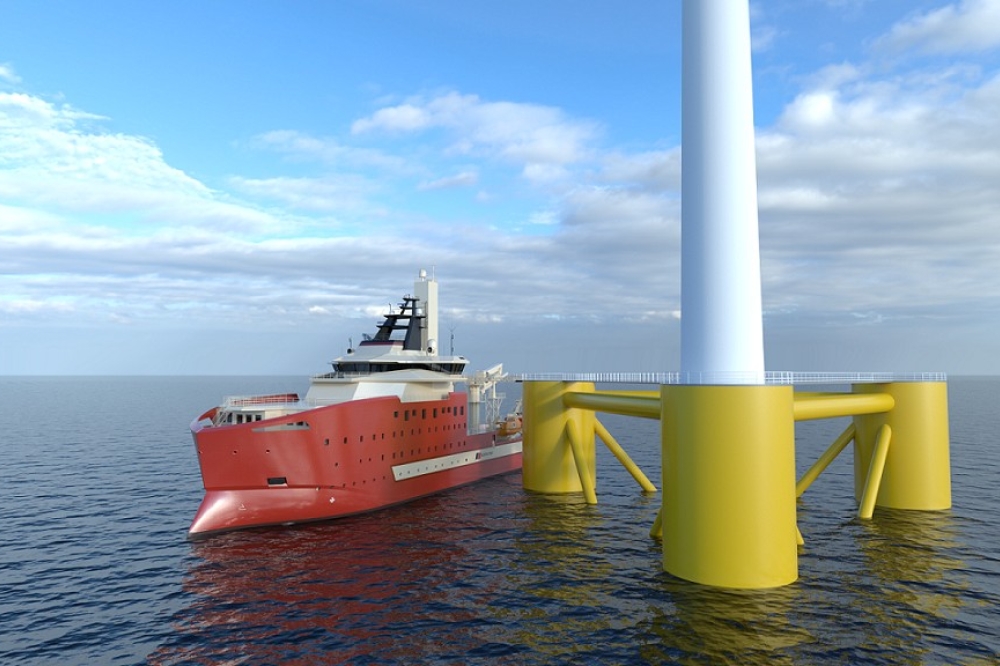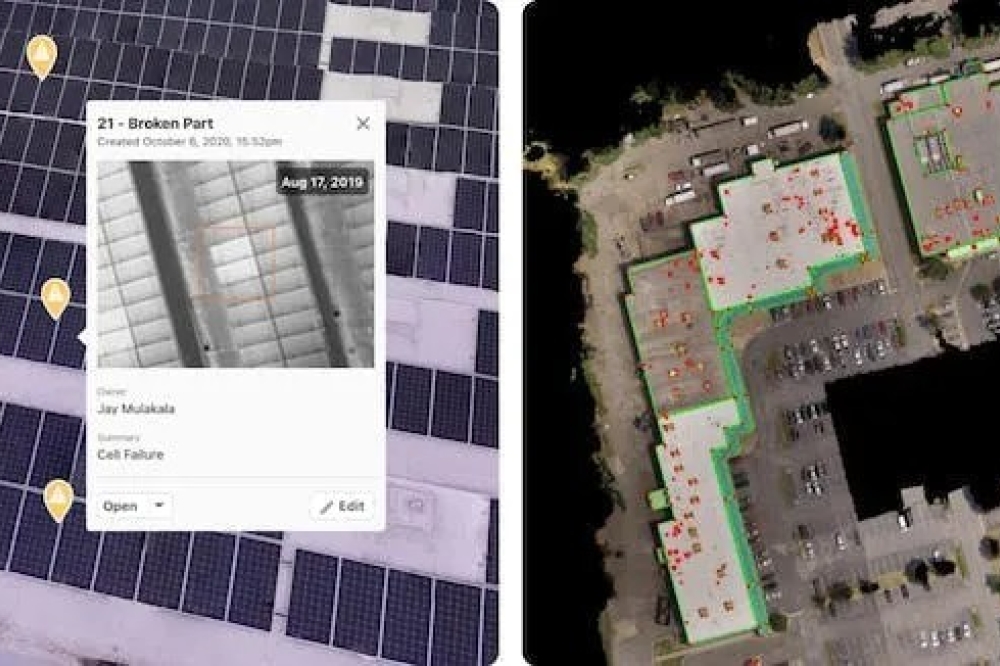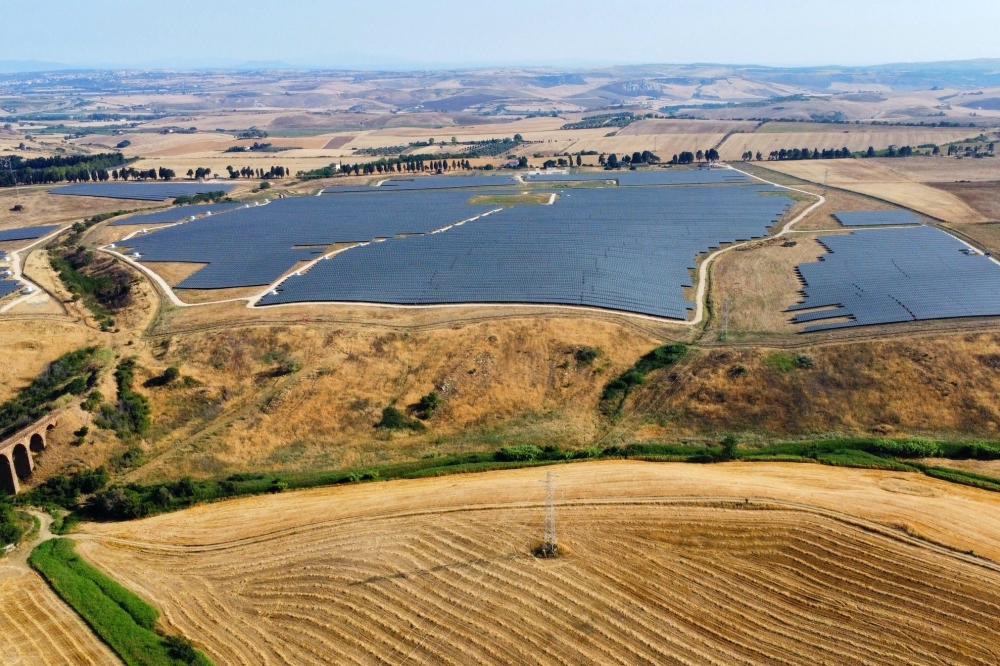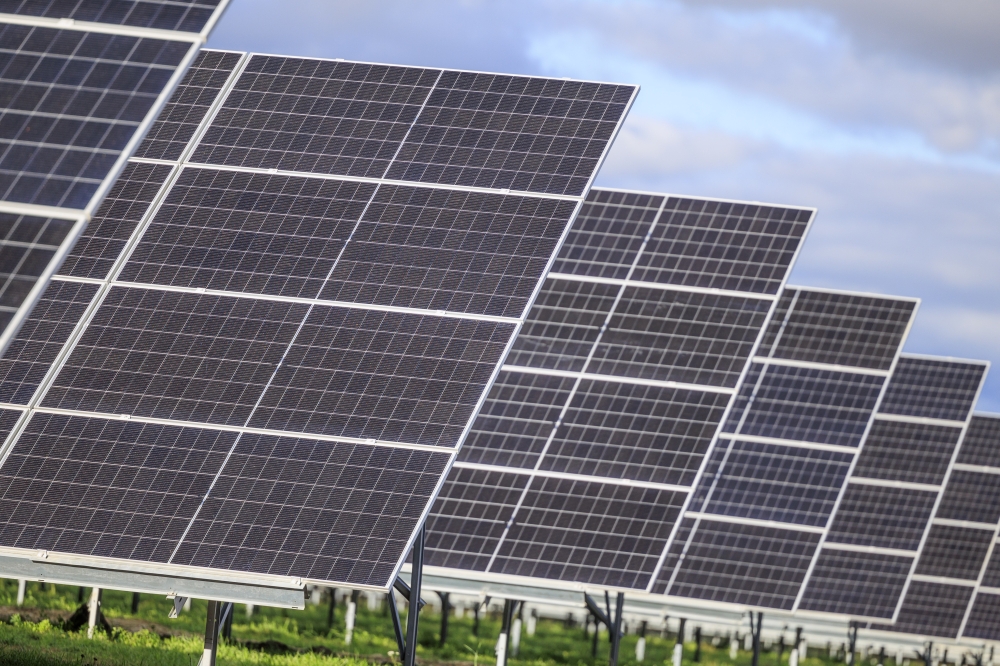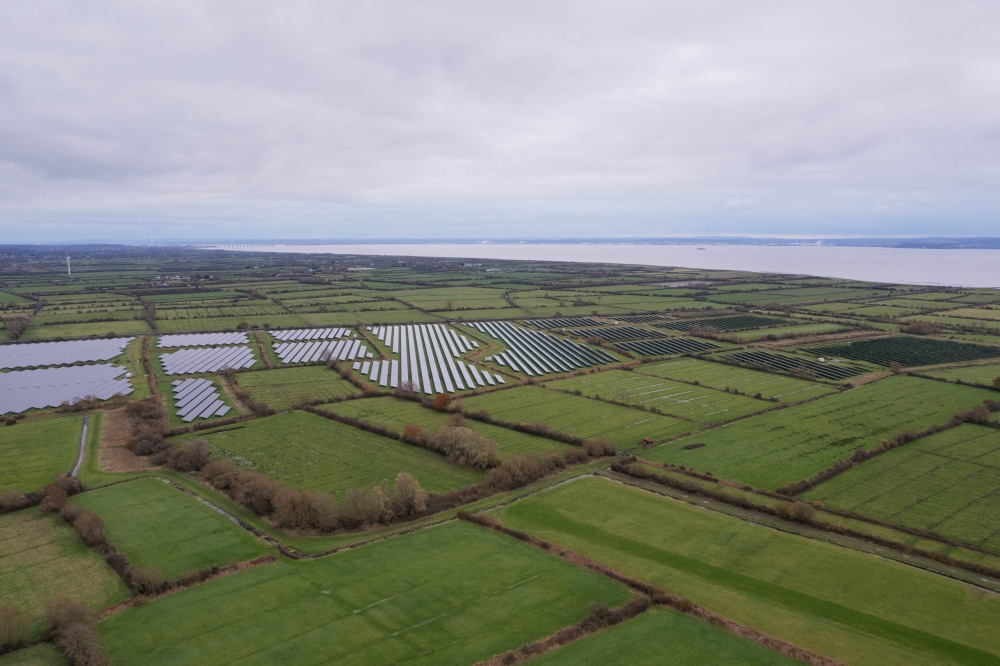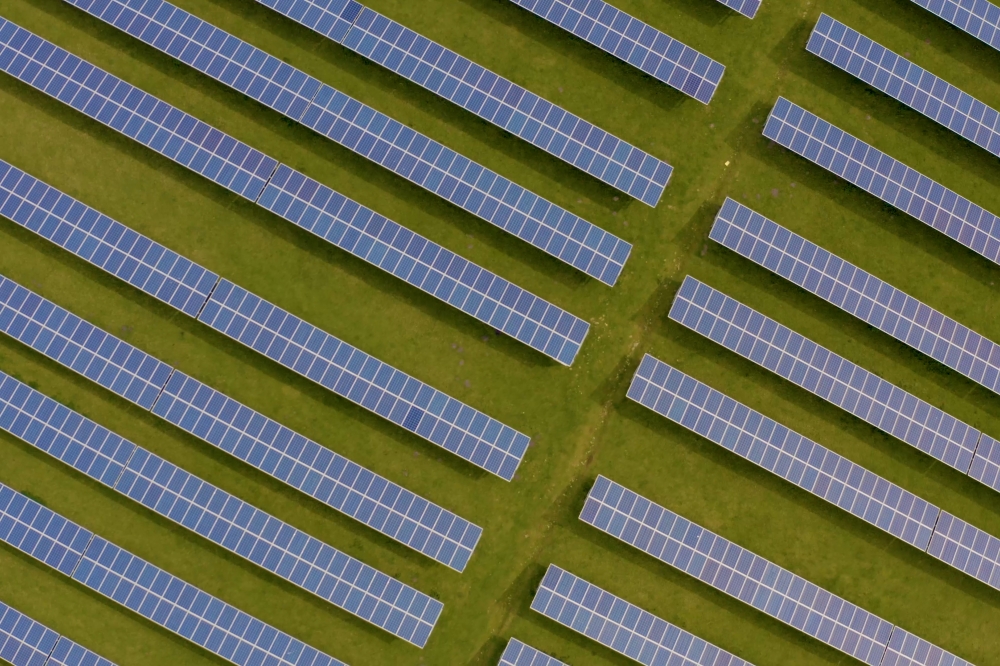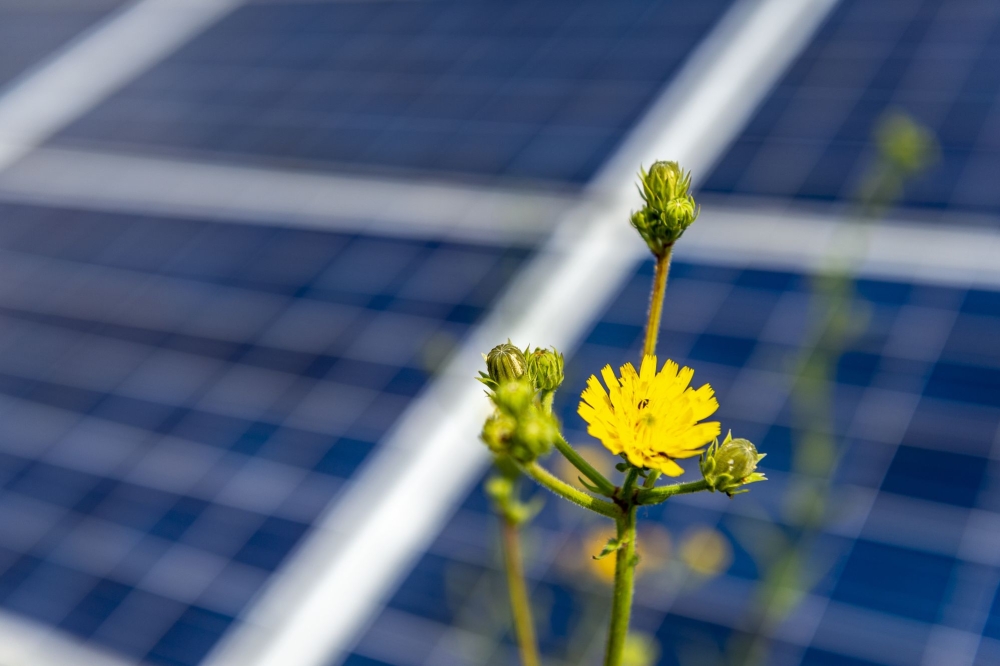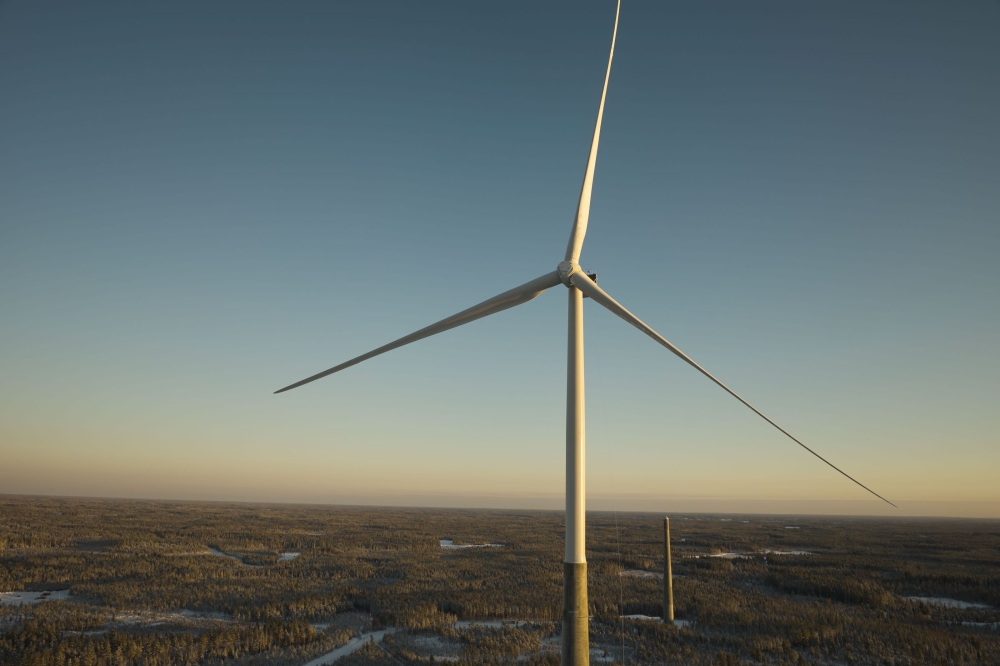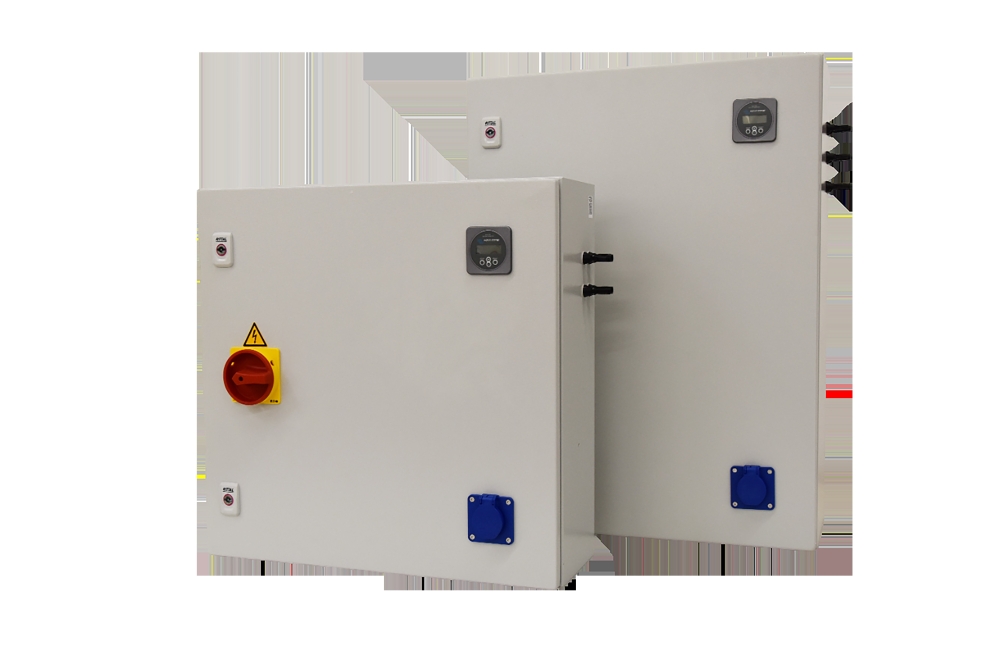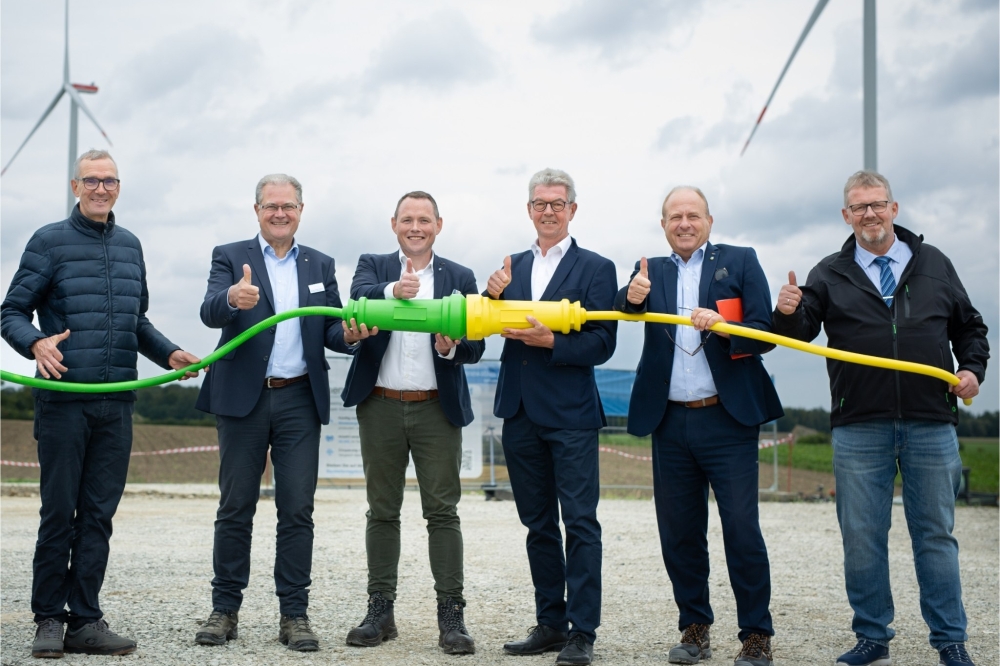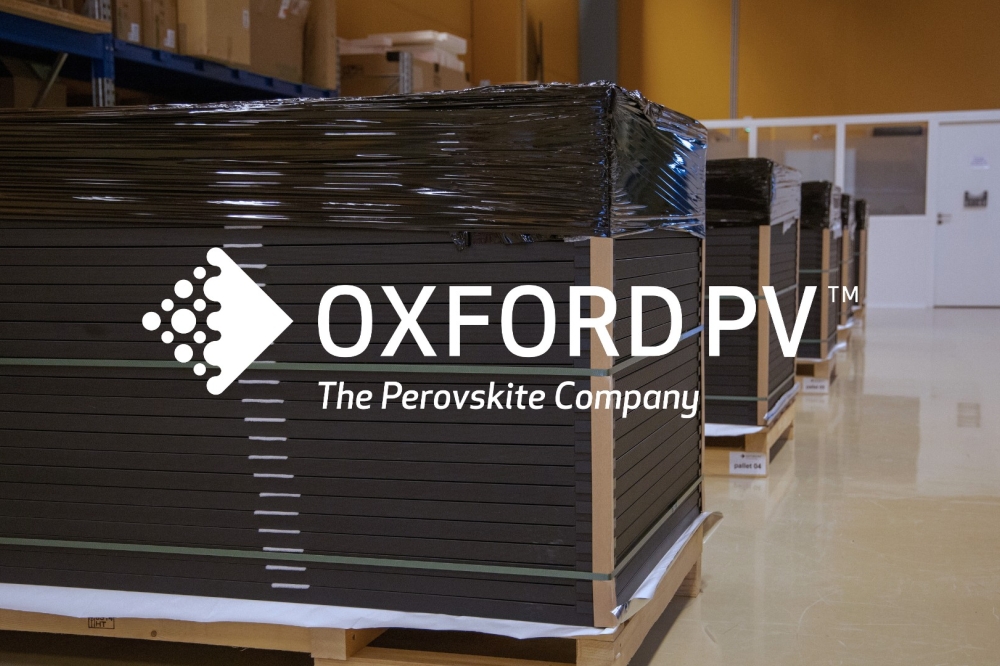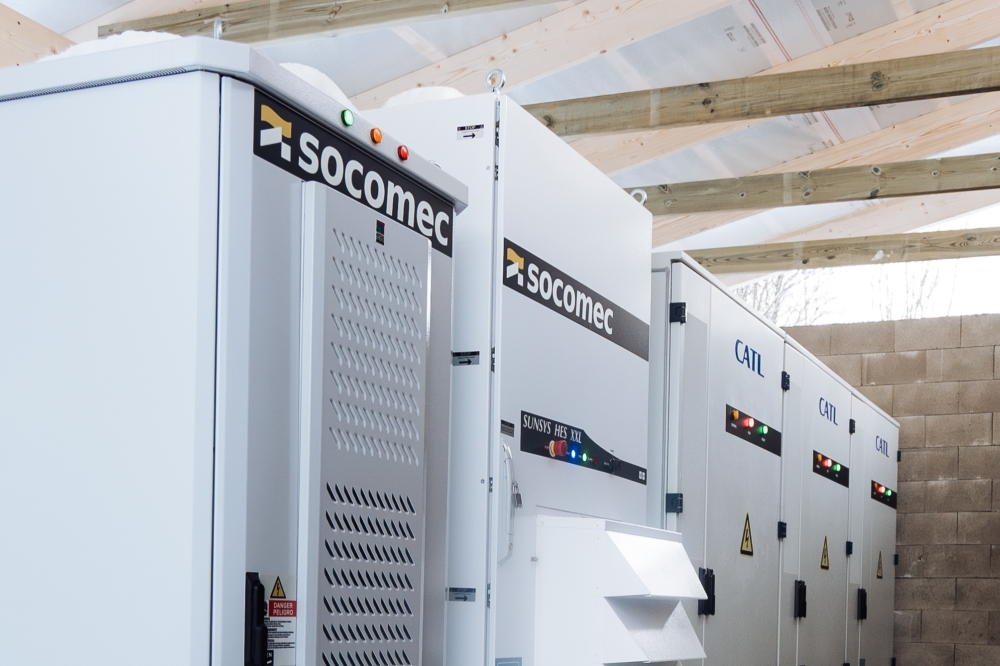Paving the sidewalks with solar

Solar Sidewalks will enable city councils to replace concrete pavements and use the electricity to significantly offset their power costs. John Halsted, the inventor of Solar Sidewalks explains how.
As far back as the Victorian era, steel frames with glass inlays were installed in pavement spaces of major cities to let natural light into basements. This type of pavement slab is still in production today and is being manufactured to the required ES and BS standards. This sidewalk has been manufactured by New Age Glass of Chichester, West Sussex, England and has been installed in central London. It has a similar look to the Solar Sidewalk paver.
In the case of the Solar Sidewalk, instead of allowing light to pass into a basement, the light is trapped immediately under the surface of the sidewalk by a pad of PV cells which convert the light into electricity. Both the composite surface and the PV cells are set into a metal, or aluminium, frame for durability and strength. Electricity generated is fed into either battery storage as DC and/or inverted to AC and fed into the national grid. Unlike the Solar "Freakin" Roadway product, the Solar Sidewalk has been designed for pavement spaces only and is not for driving on. Having said this, the paver has been manufactured to a BS and EU standard which specifies it should be able to take the weight of an average family car.
The composite surface gives greater grip in inclement weather. Even though glass floors have been installed in major tourist spots world-wide, anecdotal research has shown that the public has grave concerns about walking on a surface of 100% glass, even if it is safety approved and manufactured to a national standard.The public has a valid fear of the glass becoming too slippery when wet. This fear is compounded by the fear of the glass surface shattering during a fall resulting in severe injuries.
In addition to which, the all-glass tiles have to have a non-slip layer applied to the surface. Installations in the Netherlands have found that this quickly wears out and has to be continually re-applied. The Solar Sidewalk does not suffer from this problem. The Solar Sidewalk product is considered novel as the manner of this application has not previously been done before, nor is it being done right now; so, the opportunity to take a commanding market lead beckons.
First world applications
In a first-world environment, city and town councils will be the primary beneficiaries with their thousands upon thousands of kilometres of paved streets. The combined effect of 10,000 m2 to 30,000 m2 of Solar Sidewalk pavers in a city-scape will enable councils to significantly offset their electricity bills allowing them to divert freed-up funds to more critical areas e.g. Social Care.
Installing Solar Sidewalks in city spaces will also provide the infrastructure to meet, at least, the UK and EU governments drive towards electric vehicles as Solar Sidewalks will en able vehicles to be recharged at the curb side city-wide. Other devices, like mobile phones, tablets etc also have the potential for recharging at the curb side. Other organisations likely to benefit from the installation of Solar Sidewalks pavers are:
Sports stadiums
Schools & Universities
Armed Forces
Hospitals
Refugee Camps & Disaster Areas
Companies and Individuals to a lesser degree
United Nations Development Program (UNDP)
I am in regular contact with Helen Clark who was the Administrator of the UNDP from 2009 to 2017. She is now heavily involved in promoting renewable energy around the world and to this end has provided contact details within the UNDP. The UNDP has requested that I advise them when the product will be available as it has great potential for providing instant power to Refugee Camps and Disaster areas.
Third world applications
Not only will first world urban centres and organisations benefit, but Solar Sidewalk© pavers will also benefit Third World countries, many with enormous energy needs. Most of these countries are situated within the tropics and sub-tropics which have longer sunshine hours than countries outside this zone. The Solar Sidewalk will also benefit remote and rural communities, in some cases delivering electricity for the first time, which will have an effect on improving the quality of life in the long term.
Electricity will enable the creation of micro-industries. Remote and rural communities will in some cases receive electricity for the first time which will influence improving the quality of life in the long term. A few examples would be:
Micro-water purification plants "“ delivering clean, drinkable water
The ability to install pumps and other equipment for sustainable local fisheries
Conservation, storage, processing and packaging of fresh fruits e.g. bananas, papaya, mangoes, avocados etc
Improved Lighting & Heating "“ eliminating/reducing the need for cooking fires and heating which in turn will reduce injuries and fatalities from burn
Improving/reducing the rate of Climate Change by reducing the rates of deforestisation and CO2 created by burning wood. This will improve the quality of air / reducing air pollution, as the need to burn wood will be reduced.
With hard-surface solar paving, communities will also be able to be kept cleaner as dirt and refuse can be swept or washed away more efficiently than if on a sandy surface.
Having electricity on tap in remote communities may also encourage governments to start linking villages to their national grids as excess power can then be fed into the grid for use elsewhere in the region.
Potential earnings
Example: The City of London has a paved area of circa 20 city blocks. Using industry standard data, a standard city block 100m square, with a 2.5m width of pavement, has the potential to generate between 800 kilo watt hours (KwH) and 2,000 KwH per annum. This has been calculated after factoring in the mean hours of sunlight per day for London. Using the current Feed In Tariff, 20 blocks of London paved with Solar Sidewalk© pavers has the potential to earn London City Council between £2.1m and £3.1m annually. NOTE: This will vary depending on sunlight hours received. Tropical installations will realise greater power generation and hence, savings.
As opposed to selling the Solar Sidewalk for a one-off "bite at the cherry", it is proposed that the product is manufactured and installed at no cost to the councils with a profit share of the funds generated and/or avoided. This revenue model has been chosen for 2 reasons:
1. Councils do not have funds to spare "“ even if it could save them money.
2. This model gives rise to earnings in perpetuity as opposed to receiving "one bite of the cherry" at time of sale.
It is proposed that the profit share commences with a high percentage, say 75%, being paid to the company which will pay for the manufacture and installation. Thereafter, it is planned that the share percentage would reduce from 75%, by 5% per annum, to a minimum of 10% to 15% which would remain in place in perpetuity. The lower end would realise the company between £50m and £75m p.a. in perpetuity. Considering there are circa 4,400 large cities and circa 380,000 large towns in the world (source: Wikipedia) the potential annual earnings are considerable.
Overall technical impact
With hundreds of thousands of square kilometres of Solar Sidewalk© Pavers generating thousands of Kilowatt Hours (KwH) per day, the need to build bigger power stations will be reduced. In addition, power distribution costs are reduced because electricity will be generated locally. Juliet Davenport, CEO of Good Energy and many others in the renewable markets, believe the days of large power stations are nearing their end. This is something I also firmly believe and it is one of the reasons why I have invented two renewable energy products; to help meet this demand.
Project's current development stage
A prototype/proof of concept has been developed (see below).
This prototype was used in a video segment recorded by the BBC1 and broadcast on BBC1 on 8 December 2017 "“ see https://www.facebook.com/solarsidewalks/videos/1775638659404504
This Prototype was not to prove the solar cells worked, but rather to show that the paver surface would not fail if walked upon, which is clearly shown in the video. As previously mentioned the output can be connected to a DC/AC inverter or to a DC Battery Storage unit.
Phase 2 - pilot site
£60,000 is required to assemble and install 25 pavers in a pilot site. The site will be run for 6 months during which time output from the pilot site will be metered and recorded so that accurate performance data can be collected. As the site will be in a commercial environment, it is expected to create an income stream from the electricity generated. The PV cells are provided by UPV Solar of Tamil Nadu, India. Assembly will be done by John Halsted and Andrew Wallis of Redwood Electrical with installation being carried out by Andrew Wallis of Redwood Electrical, Camberley "“ www.redwoodelectrical.co.uk
The company has been assessed and accredited by the NICEIC, (the Nation Inspection Council for Electrical Installation Contractors) the ECA (Electrical Contractors Association) and is a Which? Trusted Trader.
Phase 3 "“ International rollout
While the Pilot is being run, planning will commence for an international rollout. The product launch will be in the UK, Ireland and Europe.
Thereafter we are proposing launching in Brazil as Brazil has a positive renewable energy program and policies in place. Brazil is the "powerhouse" of South America and would be a good base for assembly and exporting and installing to other South American countries, most of which have long sunlight hours. In addition, we already have a person on the ground in Brazil. Mr Jonathan Nunn is a UK citizen and a colleague who moved to Brazil approximately 3 years ago. He has already been conducting work on the project's behalf.
Thereafter I propose the product is launched in turn in India, China, Africa and Australasia. It is estimated that £500k will be required to launch and install the product in the UK and Europe and that a further £500k will be required for each subsequent continental launch. However, as the income generated will occur from Day 1 of installation, it is likely that the income will be realised within 30 to 60 days. This income will be used to offset the required costs of subsequent launches.
Product design
The initial product was designed so that individual pavers could be plugged together like Lego® blocks with DC current being passing through each from one to the next. This design would also allow for easy expansion of any implementation. It would have also meant quick and simple maintenance of pavers. Unfortunately, this design was not used because the technology to enable the easy passing of the current from one paver to the next has not yet been designed. The design has instead progressed to that shown in the prototype images (see above). However, the "plug and generate" design has not been discounted as a future development, if only because of its simplicity.
The combined output from the Solar Sidewalks© will be routed to an inverter, with the DC current converted to AC. This in turn will be fed into the mains system which usually runs under city streets. An alternative is to use a proportion of the electricity to top up a battery storage system which can be used to charge electric vehicles.
Intellectual property
The product has been granted a Patent Pending status for the Solar Sidewalk "“ ref Application Number 62/496,554. The product will not be using patents of products from other companies as Solar Sidewalks© will be providing the specification and each of the providers company will be producing a part of the final product.



